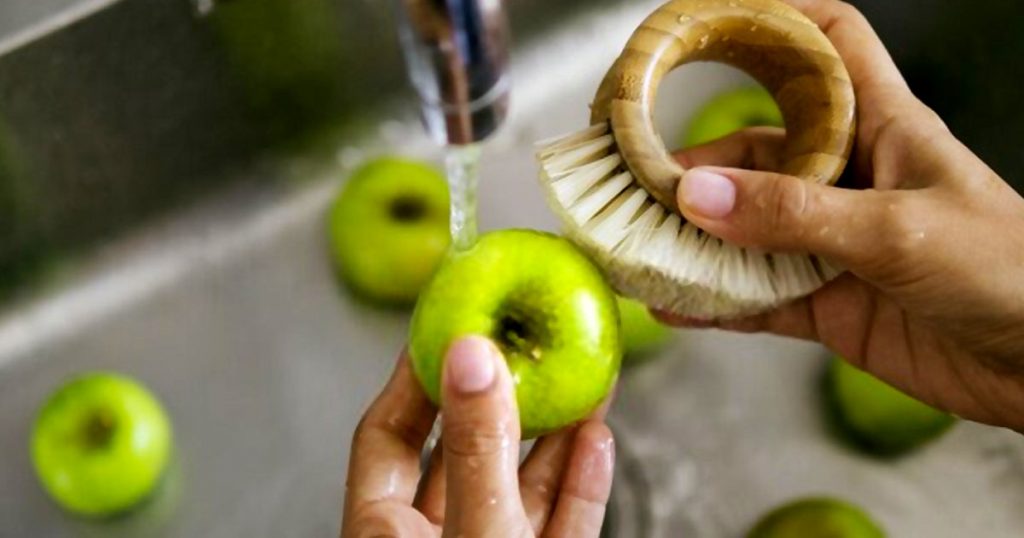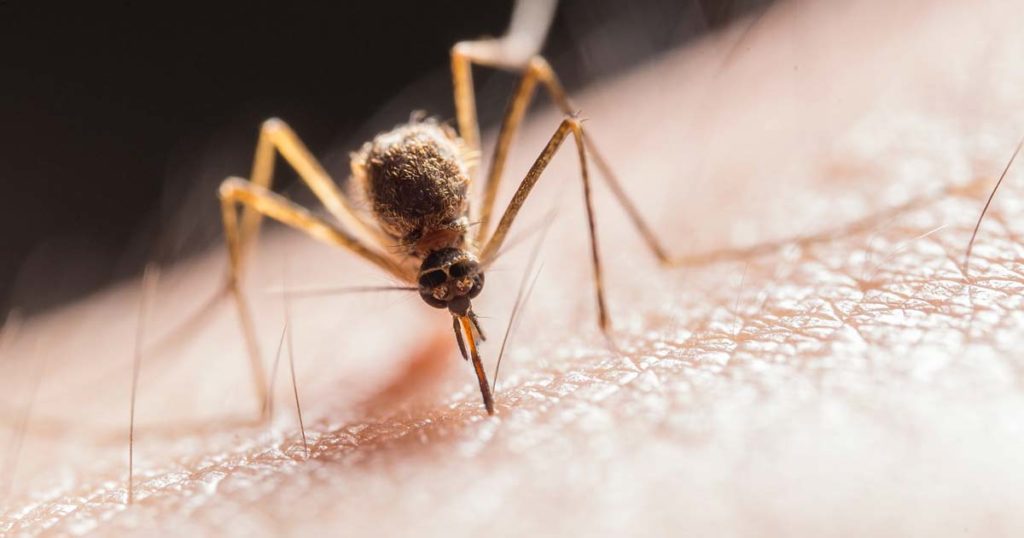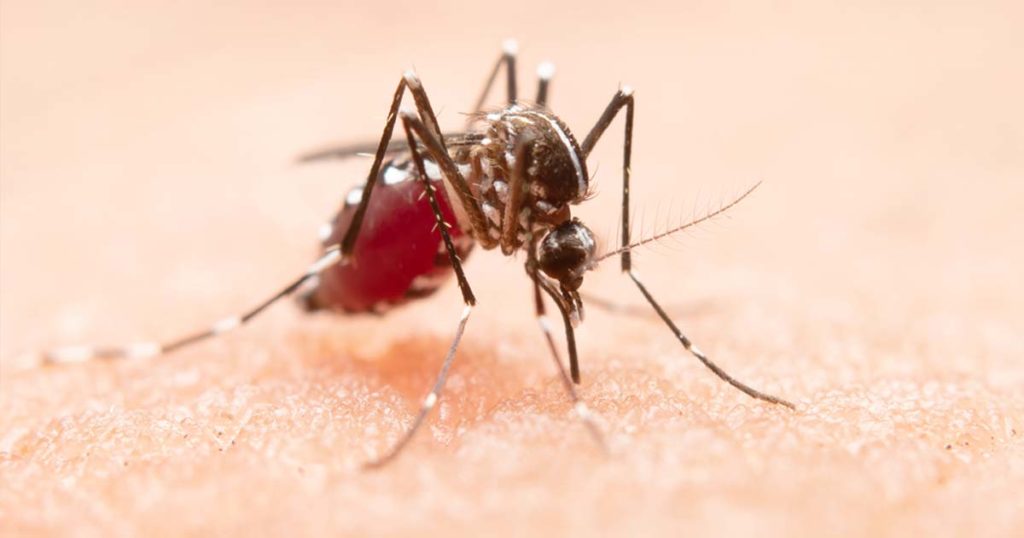Include more fruits and vegetables in your diet to increase your health. We have all heard this advice, but just how healthy are the fruits and vegetables we are including? Fruits and vegetables are treated with a variety of pesticides, some far more than others. Certain fruits and vegetables are also more likely to retain or contain pesticides than others. The FDA monitors these levels and have found some fruits and vegetables contain as many as 67 different pesticides.
In some instances a thorough washing can remove certain levels of the pesticide. Washing does not however remove all pesticides. Many of the fruits and vegetables which contain high levels of pesticides have thin skins which allow the pesticide to penetrate the fruit. In other instances the fruit or vegetable is more prone to disease or insect damage and must be treated with more chemicals to protect it prior to harvesting.
Foods With High Levels of Pesticides
Several of the most common and most consumed fruits and vegetables contain high levels of pesticides. The samples tested by the FDA are from large production farms. Products from smaller organic farms do not contain these same levels. Products from smaller local farms and orchards may also contain fewer pesticides and be a healthier choice for you and your family.
The dirtiest of the dirty include:
Celery was listed as the dirtiest vegetable. It was found a single stalk of celery contained as many as 13 different pesticides. The entire bunch of celery contained up to 67 different pesticides. It is believed the shape of the celery and its method of growth cause it to contain or hold the pesticides which are applied during its growth cycle. Celery also has no protective skin to shield it from chemical absorption.
Peaches likewise were found to contain as many as 67 different pesticides. The peach is covered with a thin fuzzy skin which is extremely vulnerable to insects. Because of this peaches are treated with more chemicals more often than other fruits.
Strawberries are a healthy fruit, but it too has a soft skin which is pitted with seeds. This allows for increased absorption of pesticides. FDA samples found the average strawberry contained 53 different pesticides. – The good news, strawberries are often grown locally by small farmers who use far fewer chemicals. If you have a local farmer’s market, consider purchasing your strawberries there.
An apple a day may keep the doctor away, but apples also require a great deal of chemical treatment to protect it before harvesting. Apple samples were found to contain as many as 47 different pesticides. The good news is that apples have a tougher skin and washing will remove many of the chemicals, but washing will not remove all pesticide residue.
Sweet Bell Peppers were also found to contain traces of a large number or pesticides. Samples taken contained 63 different pesticides. Much like apples, the tougher skin of the pepper allows much of the pesticide residue to be removed by washing.
Other fruits and vegetables which make the ‘dirty’ list include grapes, collard greens, cherries, spinach, potatoes, blueberries, lettuce and nectarines. Many of these are grown organically or by small farms which may offer cleaner and better products.
The Cleanest Fruits and Vegetables
Not all the news is bad. There are also fruits and vegetables which were found to be clean, or at least cleaner than most. Among the cleanest fruits and vegetables include avocados, sweet corn, eggplant, sweet peas, kiwi fruit, pineapples, mango, and asparagus.
The cleanest of the clean was found to be the onion. They are naturally pest resistant and therefore require few chemicals to be applied in order to protect them. When checks were made, no samples were found to contain more than a single trace pesticide.
Does Washing Fruits Help Remove Chemicals
The FDA collected the samples for these test after the fruits and vegetables have been power washed by the USDA. Also, all pesticides are not absorbed through the skin or covering of the fruit or vegetable. Some pesticides are placed in the soil and are absorbed through the plant’s root system. Chemicals absorbed this way cannot be washed away regardless of the method or amount of power used during the washing.






